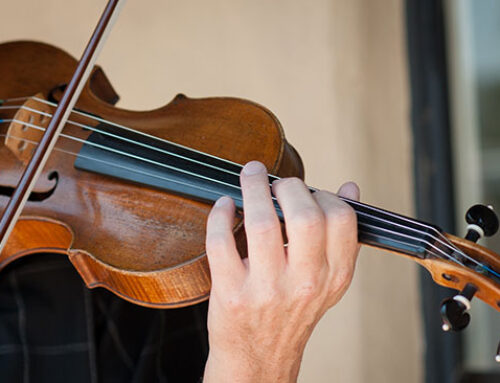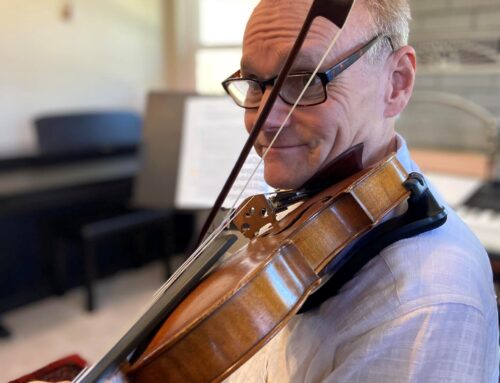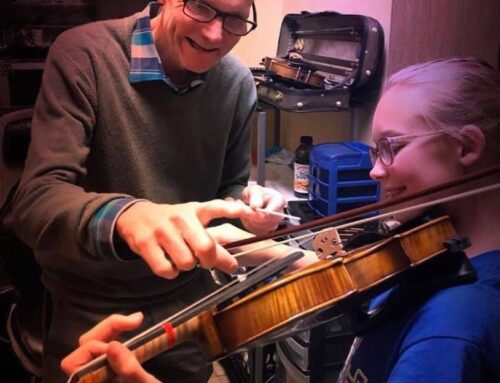Did you know that learning the violin is one of the most challenging musical pursuits? Beginners often face several hurdles, especially if they aim to learn within a year. Whether you are wondering “How to learn violin step by step?”, understanding these challenges can help you prepare and overcome them effectively. Here are the top five obstacles you might face and tips on how to address them.
- Mastering the Right Posture and Grip
Learning to hold the violin and bow correctly is crucial but can be tricky for beginners. Proper posture ensures better control, comfort, and sound quality. Unfortunately, many new players struggle with maintaining the right posture and grip, which affects their playing ability.
- Solution: Practice holding the violin and bow even when you are not playing. Spend a few minutes each day ensuring your shoulders are relaxed, and your hands are in the right position. Using a mirror can help you correct your posture. If you plan to learn online, look for videos that explain how to learn violin step by step, showing proper positioning.
- Learning to Read Sheet Music
For those new to music, reading sheet music can be a difficult task. It involves understanding notes, rhythms, and symbols, which can be overwhelming at first. If you are trying to learn violin in 1 year, you will need to get comfortable with reading sheet music early on.
- Solution: Start with simple sheet music that uses basic notes and rhythms. Learning one step at a time will make it easier. Online resources, such as video lessons, can guide you through this process.
- Achieving Smooth Bowing Technique
Bowing correctly is a major part of playing the violin. Beginners often have trouble producing a smooth, even sound because of issues like shaky hands or improper pressure on the bow. This can lead to a scratchy or uneven tone.
- Solution: Practice slow, long bow strokes. Focus on keeping the bow straight and applying gentle, even pressure. If you are learning on your own, record yourself playing to identify areas that need improvement. Watching your progress can also keep you motivated to learn violin in 1 year.
- Balancing Practice Time with Other Commitments
If you want to become proficient in one year, regular practice is essential. But finding the time to practice daily can be a big challenge, especially for adults with jobs, school, or other responsibilities. Missing practice sessions can slow down your progress.
- Solution: Create a simple, realistic practice schedule that you can follow. Even short practice sessions of 15-20 minutes each day are better than longer, infrequent sessions. Set specific goals for each practice, like mastering a scale or improving your bow hold. This approach will make learning more effective and manageable.
- Staying Motivated Throughout the Year
Learning the violin can be frustrating, especially during the early stages. Progress may seem slow, which can lead to discouragement. When beginners don’t see immediate results, they often lose motivation and give up.
- Solution: Set small, achievable goals. For example, aim to learn a simple song within a month or master a new technique each week. Celebrate these small victories to keep yourself motivated. Learning from a teacher, either online or in person, can also help. They can provide feedback and encouragement, which is important to stay on track. If you choose to learn online, make sure your lessons are structured to teach how to learn violin step by step.
Conclusion
So, can you learn violin in 1 year? The answer is yes, but it will require dedication, regular practice, and a willingness to overcome challenges. By focusing on mastering the basics, reading music, improving your bowing, managing your time, and keeping your motivation high, you can make great progress within a year.
For those seeking professional guidance, consider lessons from Paul Ciolek. With his clear and effective teaching style, he helps beginners learn the violin efficiently. Whether you choose to learn online or in person, having structured lessons can make a big difference in your learning experience.






Leave A Comment